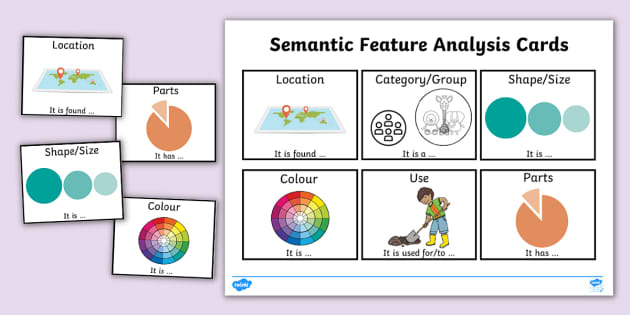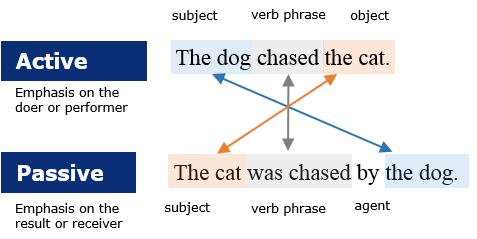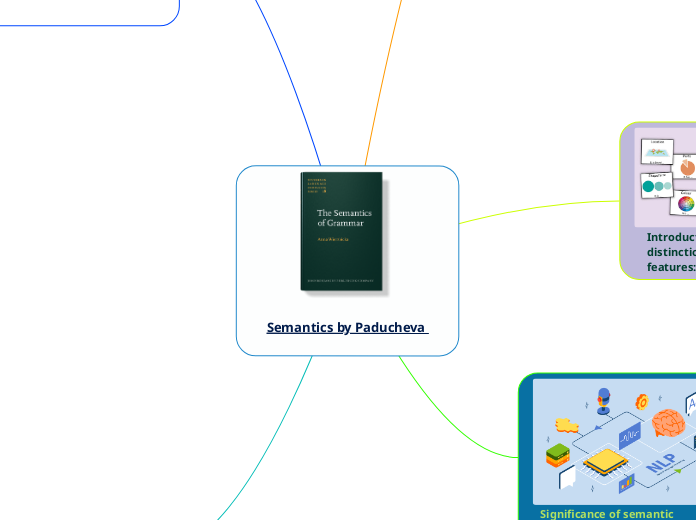
Semantics by Paducheva

Lexical Database of the System:
Lexicographer as an expert
system for natural
language processing
Researchers involved in the project
Components:
Lexical Database (LBD)
Bibliographical Database (BBD)
LBD structure:
morphology,
syntactic features
semantic features
prosody, and referential features
Semantic features include Speech act verb,
Performative verb,
Verb of motion,
Kinship term
Part of the body
Person,
Parameter

Introduction to U. Weinreich's distinction of semantic features:
Weinreich's purposes for semantic features:
basis of semantic agreement,
explanation of deviant readings,
addition of provisional semantic contents
Division of semantic features into categorial and transitive groups
Semantic conditions imposed on arguments by transitive features

Significance of semantic features in NLP resources:
Absence in existing dictionaries
Utilization in revealing predicate-argument
elations in parsing algorithms
Disambiguation of lexically
homonymous words
Combinability of verbs
with adverbials
relying on semantic concord
Role in analysis
of coordinate
constructions
Use in revealing
anaphoric relations
in the text
Transfer semantic features
for distinguishing
literal from deviant
or metaphoric interpretations
Subtopic

On Semantic Invariant of the Class of Words with Genitive Subject
The choice of the case of the subject is determined by a syntactic feature of a verb.
Examples: verb forms (passive forms) or predicatives

Verbs that can be used with genitive subject are called: genitive verbs.
They have semantic invariant.
Semantic Features and Selection Restrictions in Lexicon and Grammar
Semantic features can be interpreted as a label for one or more semantic componets.
Examples of selection restrictions:
Semantically motivated.
E.g: To believe <that>
Two semantic features

Incompatibility of contraries & Excluded neutrality
Namely motivated by some semantic component of a word.


